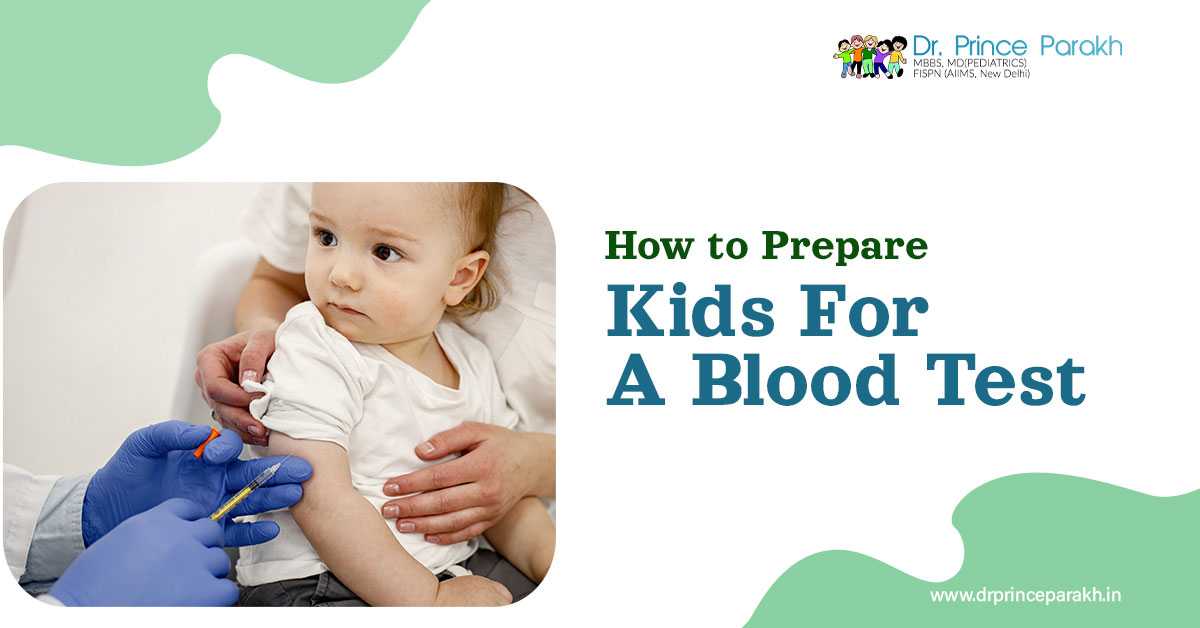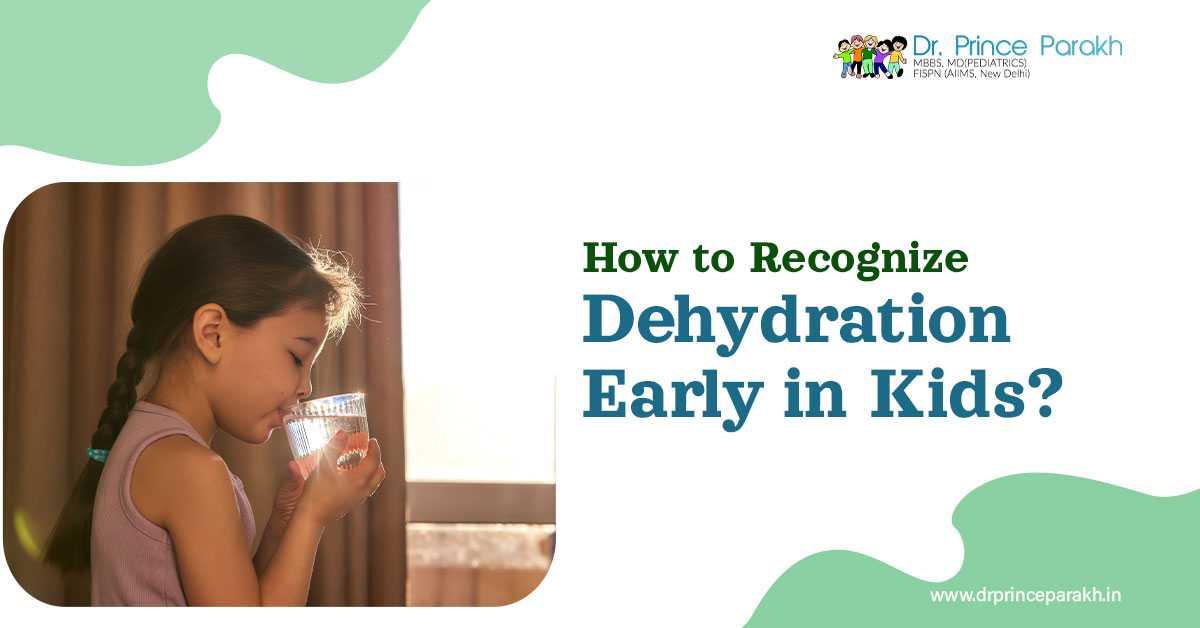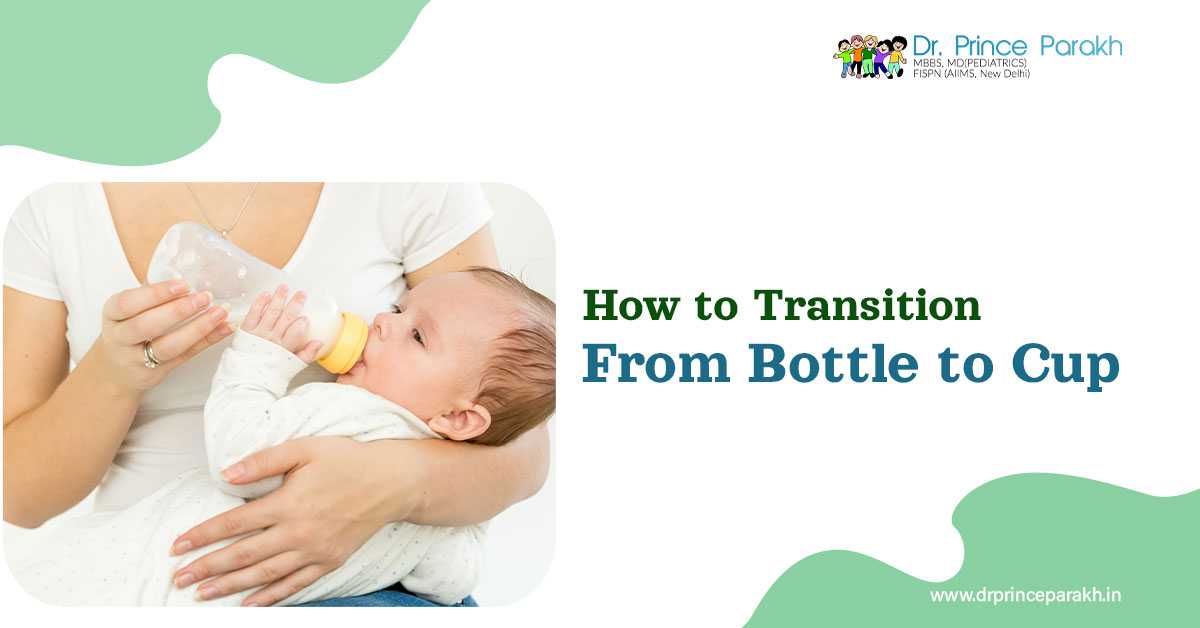Q 1. What is fever?
Normal body temperature is around 37 degree Celsius (98.6-clegree Fahrenheit), plus or minus about 0.6 degrees. When the body detects any infection or Inflammation the brain responds by raising the body temperature to help fight the condition. So, fever is sort of body’s defense mechanism against various types of insult. A rectal temperature of over 38 degree Celsius (100.4-degree Fahrenheit) is considered as fever.
Q 2. My baby's forehead or feet always feels warn when touched. Is it fever?
Touch', is a crude and unreliable method of temperature measurement. Morover beacuse of better blood flow, forehead and feet of children are usually warm. When in doubt, a digital thermometer is best for taking temperatures. Do not use a mercury thermometer, as It is toxic and could break. Although the most accurate way to take a temperature is through rectum, it needs some expertise in performing and may not be comfortable for child. The axillary (armpit) method is fairly precise and most commonly used in children.
Q 3. Why my child develops fever?
As discussed above, fever is body's defense mechanism and can occur in response to following conditions:
Infections (Viral, protozoal, fungal) | Post vaccination | Dehydration | Auto-immune diseases | Drugs | cancers
Most causes of fever in children are self limiting. Viral infections are by far the commonest cause of fever in children. Your physician may decide to do some tests to know the underlying cause.
Q 4. What should I do when my child develops fever?
Whenever a child develops fever, the focus should be on finding the underlying cause. Fever is only a symptom, and its cause should be established.
Do the following to make the child comfortable:
Do not overdress the child. Have him wear loose clothes, as per season.
• Keep the child well hydrated. Children may lose more fluids during fever.
Medications (Paracetamol) can be used in doses recommended by a Doctor.
• Tepid sponging with water at 28-30 degree Celsius can be done to reduce the temperature after medication is administered. Use of ice cold water for sponging is not recommended in fever.
Q 5. Should I give antibiotics for fever?
Fever, in children is most commonly caused by viral infections. Antibiotics are drugs used specifically against bacterial infections. They are not effective against viruses and their indiscriminate use for every febrile illness, your doctor will decide whether the child needs antibiotic, depending on if he/she is suspecting a bacterial infection. Decision lies with doctor and on clinical judgement.
Q 6. My child doesn't want to eat anything during fever. What should I do?
The discomfort and muscle aches associated with fever may make a child fussy and dull. It is important to maintain hydration during fever, and the child should be encouraged to take small sips of water and light meal during illness. Complete inability to take anything (even fluids and breast milk) from mouth is an indication to visit your doctor.
Q 7. When should I be worried for fever?
Most febrile illnesses are not serious. However, you should visit the pediatrician Immediately if child is younger , or has any of the following
• Extreme lethargy, drowsiness excessive cry or irritability
• Vomiting everything and/or not able to accept feeds orally
• Headache, neck stiffness or breathing difficulty
• Abnormal body movements or abnormal behaviour
• Temperature above 104 degree Fahrenheit and/or
• Fever persisting for more than 2days.
Q 8. Is it true that high fever can lead to seizures and brain damage in children?
Febrile seizures are convulsions that can occur In a child with fever. These seizures usually occur in kids 6 months to 5 years old. Children are more likely to have a febrile seizure if they have a family history of same, or If they have already had one in the past. Most children outgrow having febrile seizures by the time they are 5 years old. There is no evidence that intensity of fever is linked to probability of having febrile seizures or brain damage in children. Also these seizures do not increase the risk of further epilepsy.
Q 9. Doctor prescribed paracetamol for my elder son. Can I use the same for my younger child?
Drugs in children are administered according to their body weight. Wrong dosage may lead to toxicity and unwanted side effects. You should always consult your pediatrician before administering any drug to your child. Different brands may also have different formulation and strength of medicine. This should also be confirmed with the pharmacist before buying the drug.
Q 10. My baby's fever does not come down to normal even after giving paracetamol. Can I use other medicines?
Paracetamol is the safest drug for fever in children. If given in correct dose 15 mg/kg, it brings symptomatic relief in cases Remember, the purpose of fever medicine is not to bring down the temperature to normal level, but to provide symptomatic relief to child by reducing pain and discomfort. If the initial fever was high, say 104 °F, administration of paracetamol may bring it down to 101 °F and NOT make the child alebrile. Avoid overdosing If the fever does not normalize. You can repeat the next dose after 6 hours required. Other medicines (Ibuprofen. Mefenamic acid) are also available, but they have more side effects and should be used only in consultation. with your pediatrician. Do not use aspirin or nimesulide for relief of fever in children.
What NOT to do in Fever
Do Not
• over clothe the child keep him / her in a cool airy environment.
• sponge the child with cold water or ice. Always use tepid water (28. 30 °C), if needed.
• use aspirin or nimesulide for control of fever. Paracetamol is safest.
• keep treating fever at home or by yourself. Consult pediatrician at earliest.





